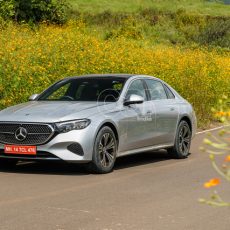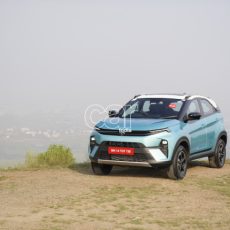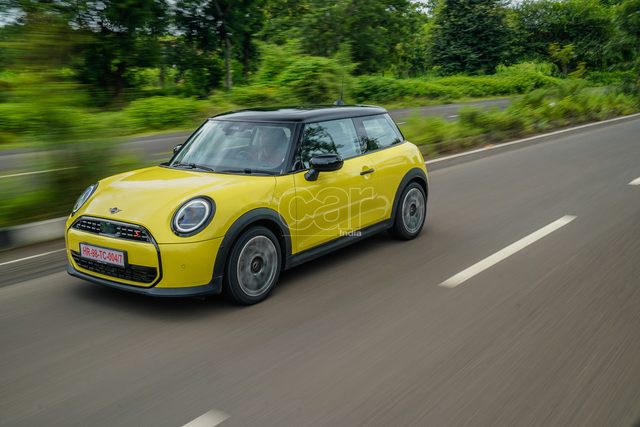The Scorpio Classic has undergone a number of upgrades, some of which are significant. We take it for a drive to establish the enhancements

The Mahindra Scorpio has developed a cult following over the past two decades since its launch in India. The Scorpio has fans ranging from government agencies to even Bollywood directors, all of whom have been quite vocal for Mahindra to keep the Scorpio in production. Even though Mahindra have launched the Scorpio-N, the next generation of the iconic Scorpio, Mahindra have had to keep the regular Scorpio in production—now called the Scorpio Classic—with updates on the outside, inside, and in terms of features, as well as improvements under the skin. One of the main reasons Mahindra have kept this Scorpio in production is that it is still a high-volume product for them in both urban and rural markets.
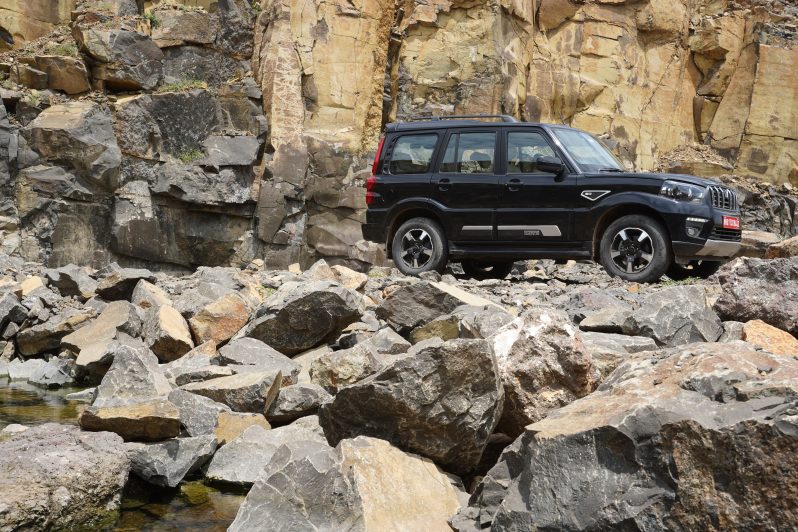 Mahindra haven’t made many cosmetic modifications, and the external style has been kept mild, so the Classic still resembles the previous Scorpio quite a bit. It stands tall, has a butch attitude, and appears tough like an SUV ought to do. The grille’s vertical chrome struts with the brand’s twin-peaks insignia in the centre have been added to the front. The horizontal LED DRLs, a smaller fog lamp housing, and a more pronounced chin with the silver skid plate are now part of the bumper’s modifications farther down.
Mahindra haven’t made many cosmetic modifications, and the external style has been kept mild, so the Classic still resembles the previous Scorpio quite a bit. It stands tall, has a butch attitude, and appears tough like an SUV ought to do. The grille’s vertical chrome struts with the brand’s twin-peaks insignia in the centre have been added to the front. The horizontal LED DRLs, a smaller fog lamp housing, and a more pronounced chin with the silver skid plate are now part of the bumper’s modifications farther down.
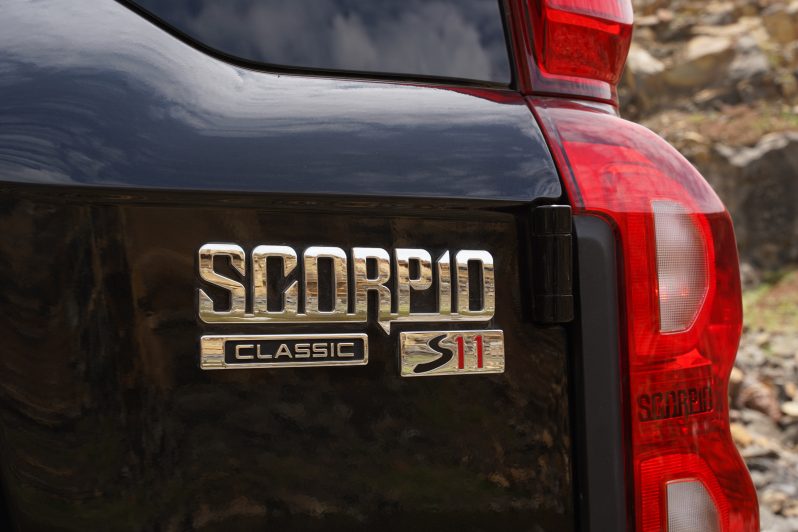
The 17-inch alloy wheels’ silver and black polish give it a contemporary appearance to the side. The “Scorpio” badge has since been relocated to the front doors, where it now rests on a striking silver plastic stripe. The mirror-integrated side indicators have been moved to the front fenders, as keen eyes will also notice. The same sideways-opening tailgate is still there at the back, but the gloss black appliqué and the “Classic” symbol now draw attention to it. The double D-shaped LED tail lamps’ vertically stacked reflectors also make a comeback and complement the Scorpio’s imposing design.
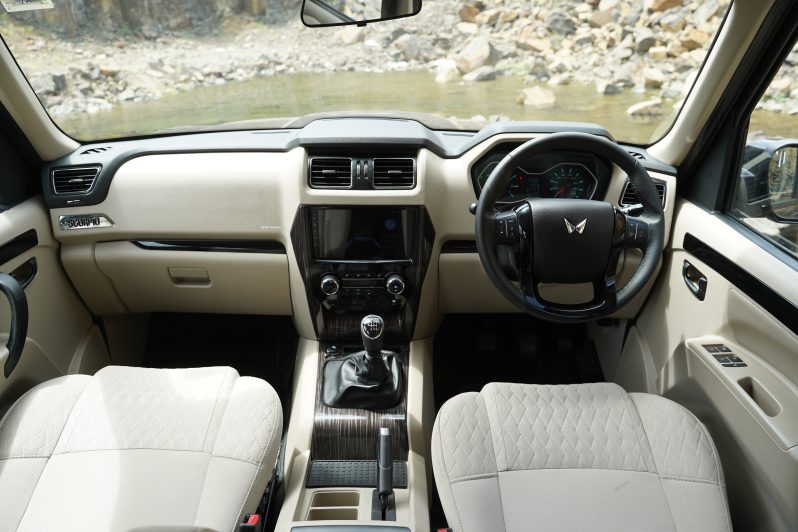
Also carried over almost untouched is the interior. Here, the faux wood trim around the centre console and the leatherette upholstery on the seats have been replaced with fabric. A larger 9.0-inch Android-based display replaces the 7.0-inch touchscreen, however, it isn’t compatible with Apple CarPlay or Android Auto. Automatic climate control, a height-adjustable driver’s seat, electrically-operated ORVMs, cruise control, and power windows are all available features.

The front seats are spacious and comfortable and also provide a high, rather excellent, commanding driving position. Additionally, the large glass surface provides superb front visibility, allowing one to see all the way to the edge of the bonnet. Customers can choose between captain seats or a bench, while those in the second row enjoy AC vents. Both the former and a third-row bench were present in our test vehicle. The captain’s seats can be adjusted by sliding them forward and backwards, additionally the capability to recline. They are very comfortable. Even with the second row fully forward, there is little room in the third row, making it the best place for kids or petite adults.
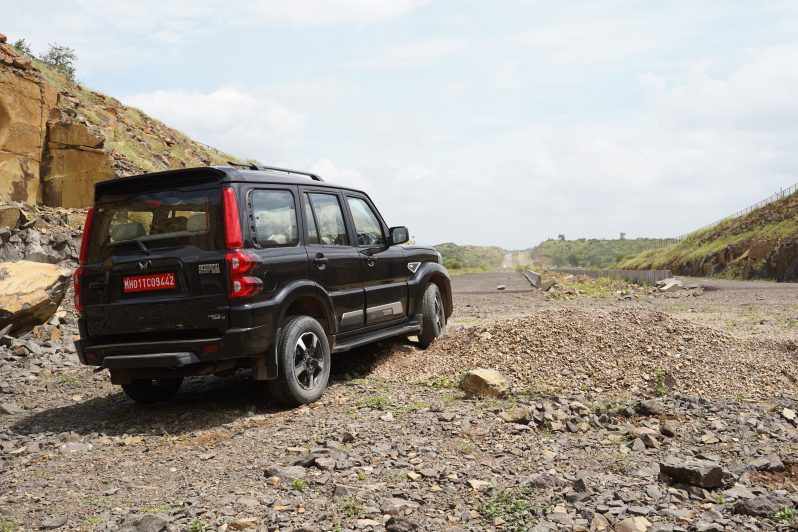
The Scorpio Classic restricts its safety features to the essentials, including dual front airbags, ABS, panic brake indication, and rear parking sensors with a rear-view camera.
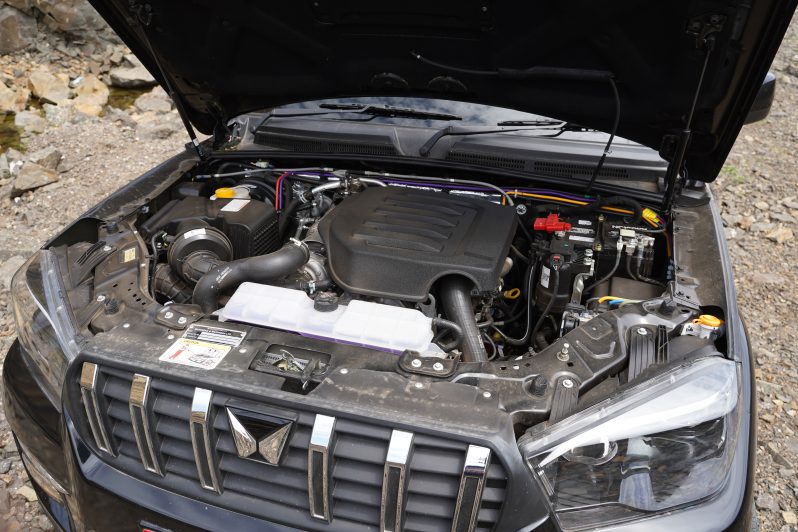
The more effective 2.2-litre mHawk Gen-2 diesel engine from the Scorpio-N, which has 132 hp of maximum power and 300 Nm of maximum torque, is borrowed by the Scorpio Classic. This engine is nearly 55 kg lighter than the earlier engine. Only the rear wheels receive power, there is no 4×4 option, and the improved six-speed gearbox is used. However, the six-speed manual gearbox now features shift-by-wire technology, making gear changes noticeably quicker and simpler. Due to the lighter engine, Mahindra has also made sure that fuel efficiency has increased by almost 14% is what they claim; on our driving cycle, the Scorpio Classic returned an average of 15.8 km/l.
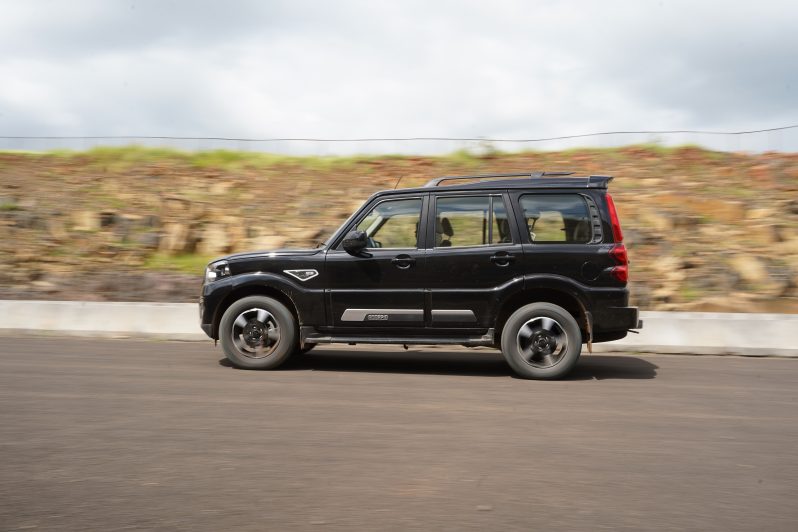
Now that the suspension has been re-calibrated, the impact on ride quality is minimal. It easily and partially absorbs rumbles, undulations, and even minor shocks. As is characteristic of most ladder-frame SUVs, road irregularities are noticed at lower speeds, particularly sharper bumps, but ride quality vastly improves as speeds increase.
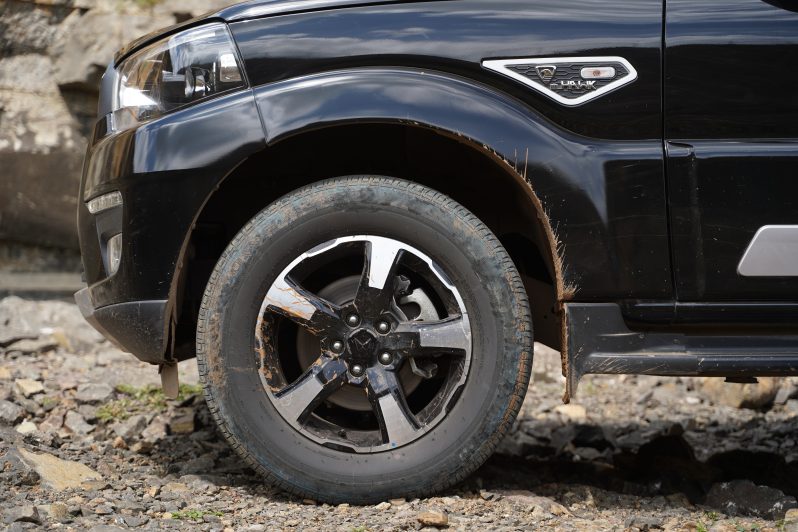
The Mahindra Scorpio Classic is an ideal SUV, but it’s not flawless. The interiors are old, the plastics’ fit and finish should have been improved, and it lacks certain key amenities that one would anticipate from a vehicle in this category. Despite this, the Scorpio continues to be quite a desirable product to a large number of buyers who appreciate it for its bold exterior design, practical features, and powerful diesel engine.

Mahindra has reduced the price of this top-tier S11 grade by about Rs 3 lakh, bringing it down to Rs 15.49 lakh (ex-showroom). Modern alternatives and even mid-level trims of the new Scorpio-N are available at this price, but buyers who have purchased Scorpios in the past are more likely to choose the Scorpio Classic due to its unrivalled respect and authority on the road.


